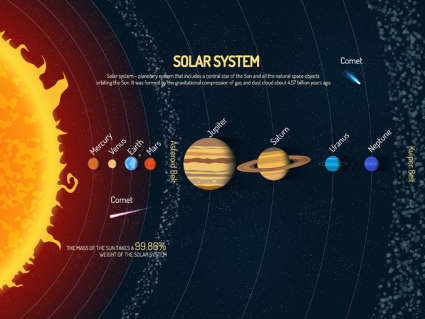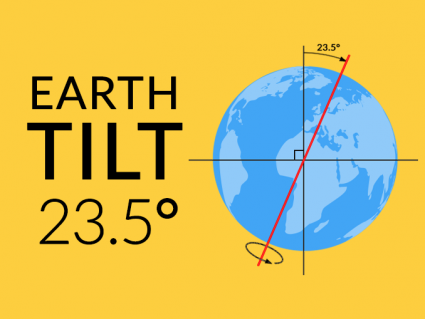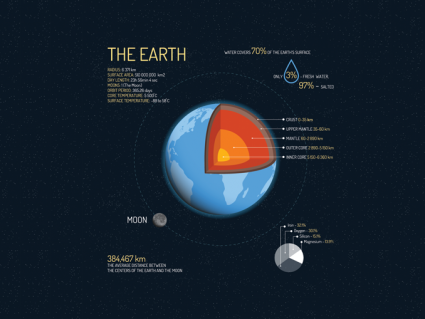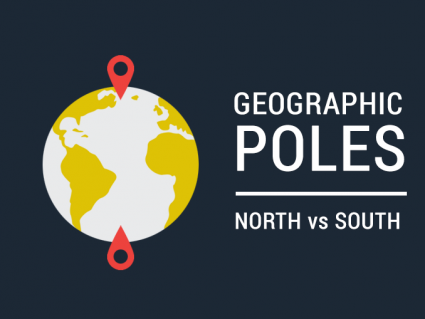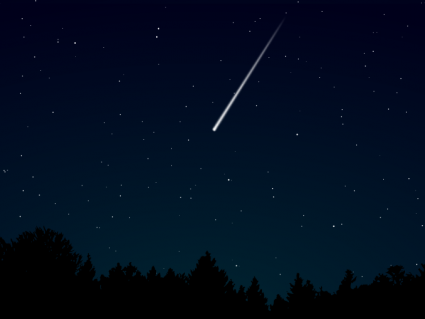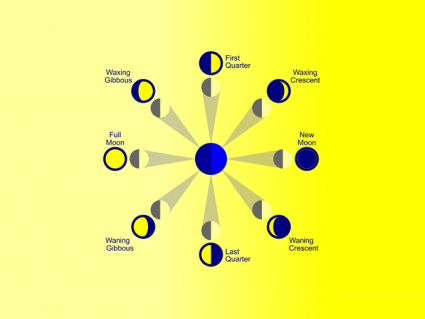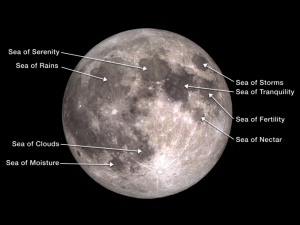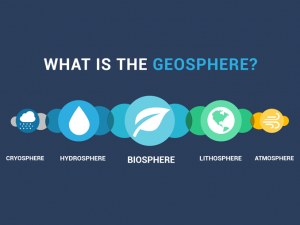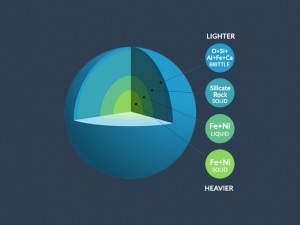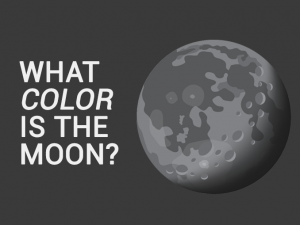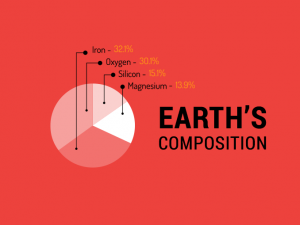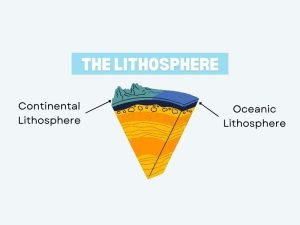5 Facts of Ice-Cold Planet Uranus [Infographic]
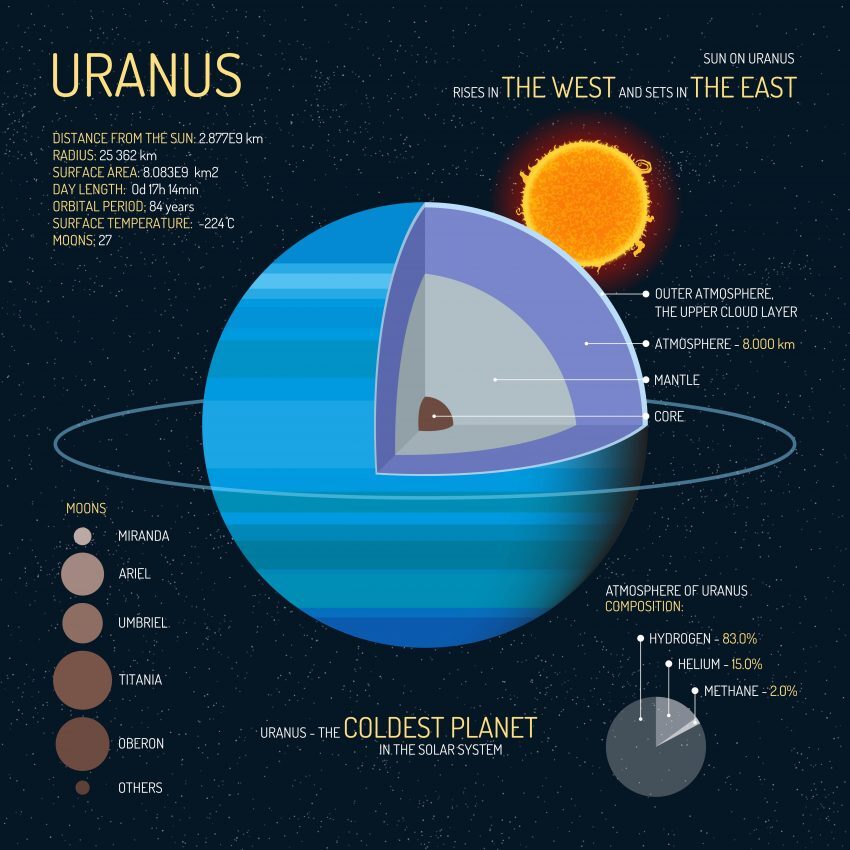
5 Facts About Uranus
Uranus is a gas giant planet like Neptune. In terms of composition, they are very similar.
Voyager 2 did a flyby of Uranus in 1986. This spacecraft promptly sent the images back to Earth before moving on.
In these photos, you can see its 9 bright rings, bluish glow, and unusual tilt. Other than NASA’s Voyager 2, what we know of Uranus is all by telescope.
So, what do we know about Uranus? Today, you’ll learn 5 facts of the ice-cold planet known as Uranus
1. Uranus is the 7th planet away from the sun

Uranus is cold because it’s the seventh planet away from the sun. For atmospheric temperature, it’s a minimum of -224°C.
Because of its distance from the sun, the length of a year on Uranus is equivalent to roughly 84 Earth years.
In terms of radius, it’s the third largest in our solar system.
But for mass, it’s the fourth largest because it’s mostly composed of gases.
2. Uranus has an inner and outer ring system
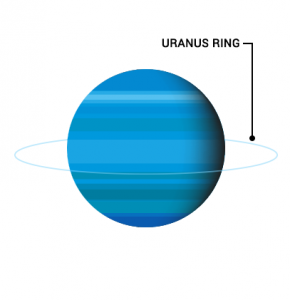
All the gas giants in the solar system have rings. Most notably, Saturn’s rings are thick and made of water and ice.
But Uranus consists of 9 bright rings. It also has fainter rings surrounding its mass.
Its ring system has both inner and outer rings. They even incorporate 11 of its moons as part of the structure.
3. It has an unusual tilt with 21-year long seasons
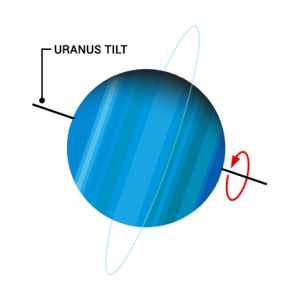
Out of all the planets in our solar system, the most unusual tilt goes to Uranus. This is because it’s tilted at 98 degrees spinning on its side. Whereas Earth is tilted at roughly 23.5° on its axis.
Because of its unusual tilt, one of its hemispheres is pointing at the sun. When you incorporate revolutions, it means seasons are roughly 21 years long.
We don’t know how the planet could’ve tilted nearly perpendicular to the sun. But it’s believed to have been knocked by another planet.
4. Uranus has 5 major moons and 27 in total
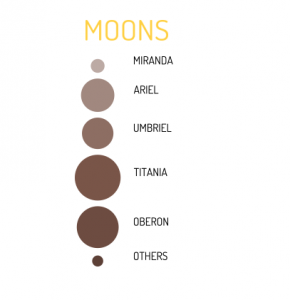
Uranus has 27 moons but only 5 hold enough mass to call them ‘major’. But its 5 major moons include Umbriel, Miranda, Ariel, Titania, and Oberon.
All 27 moons are named after characters from William Shakespeare and Alexander Pope. 11 of its inner moons share similar characteristics to its rings. They’re small and faint in appearance.
Finally, the remaining 9 moons of Uranus are irregular in shape. For example, Francisco, Ferdinand, and Prospero are the names of the irregular moons.
5. The methane blue planet
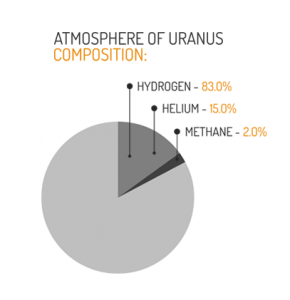
One of the things that stands out most for Uranus is its green-blue appearance. But it’s not blue because of surface water.
Uranus is blue because of methane gas in its atmosphere. Methane gas is known to absorb red light and strongly reflect blue.
It’s mostly iced in the mantle like water, methane, and ammonium. But its atmosphere is mostly hydrogen (83%), helium (15%), and methane.
Additional Resources
NASA Solar System Exploration – Uranus In Depth
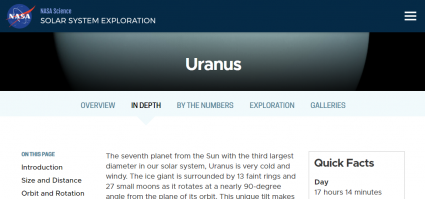
NASA provides an in-depth guide to Uranus in their Solar System Exploration.
Their gallery is filled with videos and images of the ice planet. For example, telescopes have captured its ring system, clouds, atmosphere, and much more.
It has a list of metrics for Uranus by the numbers. It includes its orbital path, size, volume, mass, escape velocity, etc.

